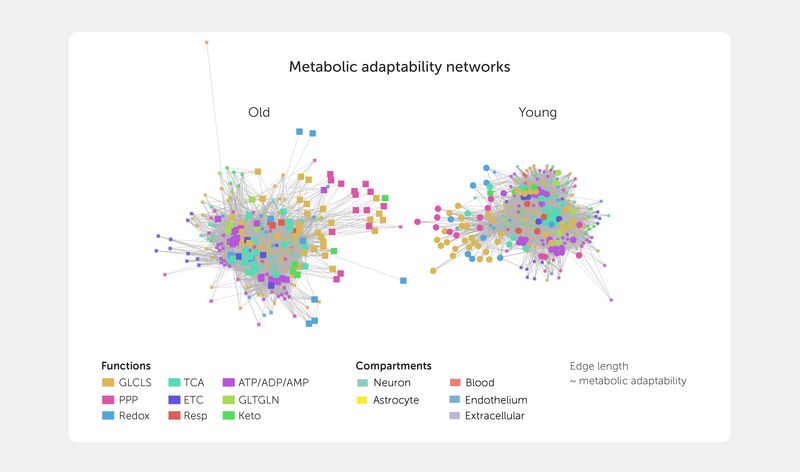
Frontiers in Science Lead
Published on 25 Mar 2025
Breakdown and repair of metabolism in the aging brain
- 54,442 views
- 4 citations
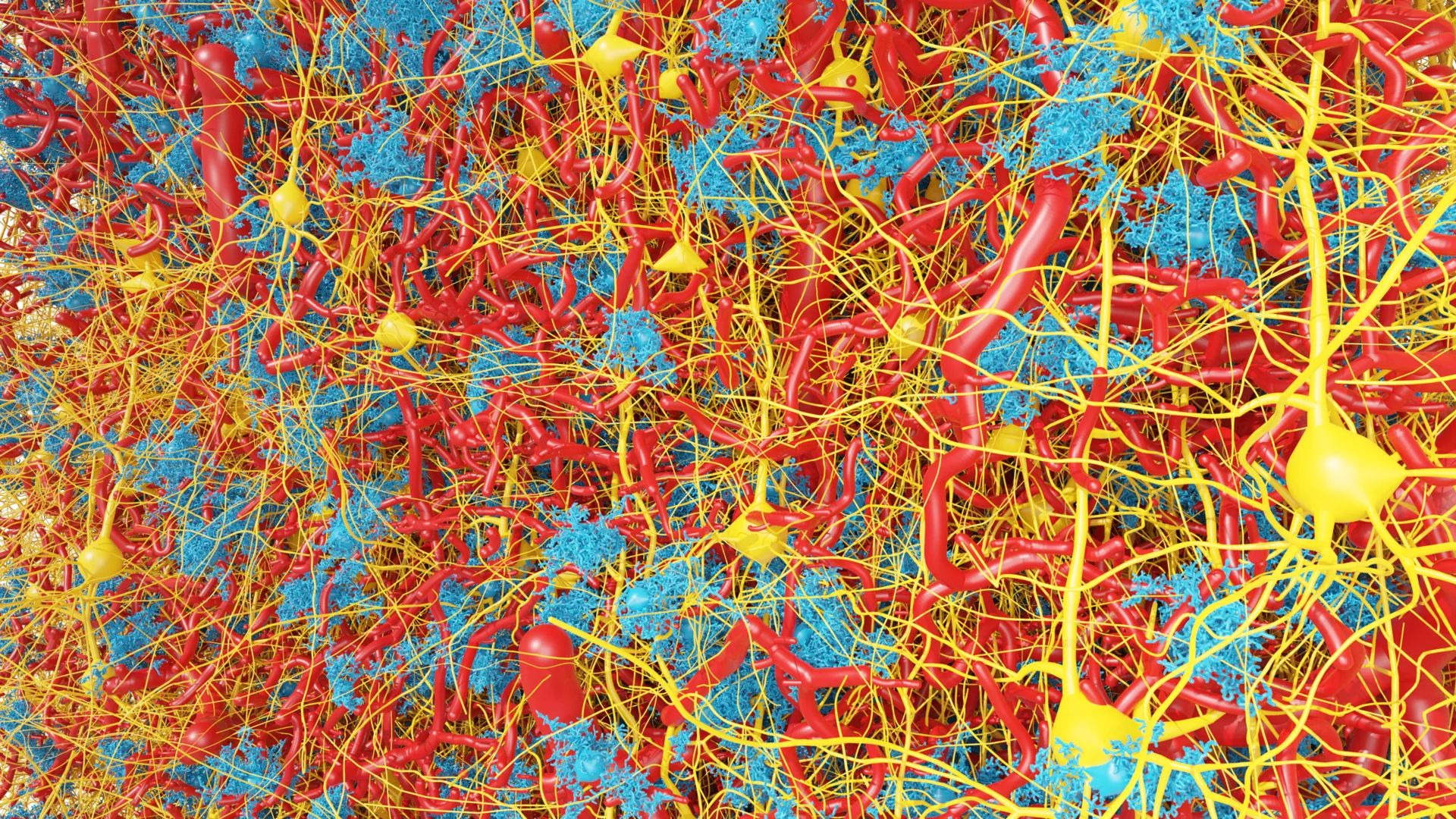

Frontiers in Science Lead
Published on 25 Mar 2025
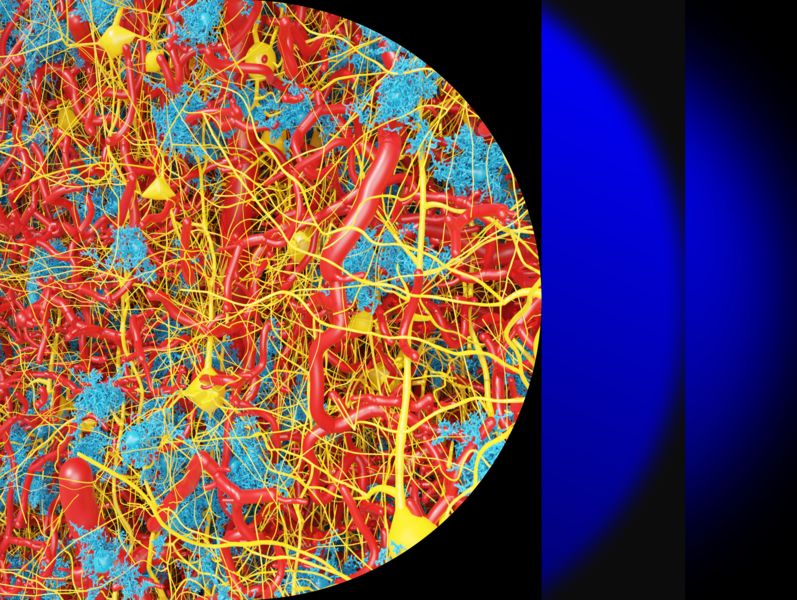
Join a complimentary virtual symposium on next steps for modeling metabolism in the aging brain.

Loss of metabolic flexibility may explain age-related susceptibility to neurodegenerative diseases, necessitating interventions that support brain energy resilience and delay cognitive decline, contends Prof Mark P. Mattson, Johns Hopkins University School of Medicine, USA.

Applying a thermodynamic perspective to models of brain energy metabolism could more fully capture cellular energy balance and its role in brain aging, argues Prof Richard B. Buxton, University of California San Diego, USA.

Astrocyte-neuron metabolic interactions are crucial targets for mitigating neurodegenerative risk, and computational modeling can help us develop interventions to preserve or restore brain health, asserts Prof Luc Pellerin, Université de Poitiers, France.

Extending the human healthspan and easing the societal burden of aging-related diseases require long-term funding for infrastructures that support large-scale data collection and systems-based aging research, advocate Prof Renaud Jolivet and colleagues, Maastricht University, Netherlands.
This is the most comprehensive molecular model of the neuro-glia-vascular system to date, integrating the key cellular and subcellular systems, molecules, metabolic pathways, and processes required to couple neuronal electrical behavior with brain energy metabolism and blood flow.
Supplied with publicly available RNA sequencing data, the model closely reproduces known aging-related changes in brain metabolism and electrical activity, validating its utility as a research tool.
The model predicted reduced robustness, flexibility, and metabolic adaptability in the aged brain and identified various aging-associated transcription factors and potential anti-aging therapies and strategies.
We show that astrocytes may subserve the metabolic stability of neurons during aging, calling into question previous assumptions about selfish glia.
This open-source resource should help accelerate research to improve our understanding of age-related neurodegenerative diseases (such as dementia) and how their onset could be prevented or delayed.
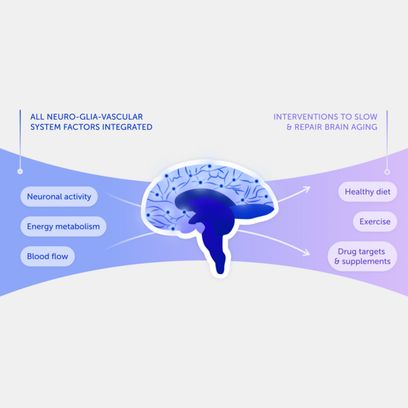
A summary of the lead article in a Q&A format, with infographics and a video.

A version of the lead article written for—and peer reviewed by—kids aged 8-15 years.
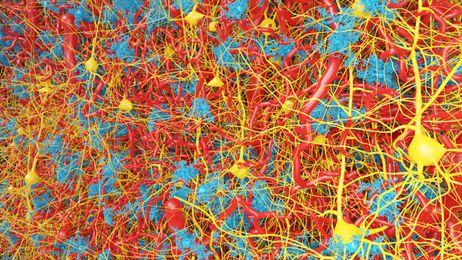
A new model of brain metabolism—the most complex ever generated—shows how altering key chemicals could restore aged cells to their youthful activity and resilience.

A new open-source model of brain metabolism, developed by scientists at École Polytechnique Fédérale de Lausanne (EPFL), has shown how altering key chemicals could restore aged cells to their youthful activity and resilience.

A new brain metabolism model developed by researchers could help address aging-related brain function decline.

Hear science journalist Gareth Mitchell interview Dr Polina Shichkova for the Somewhere on Earth: The Global Tech Podcast.
Follow the science, follow Frontiers in Science